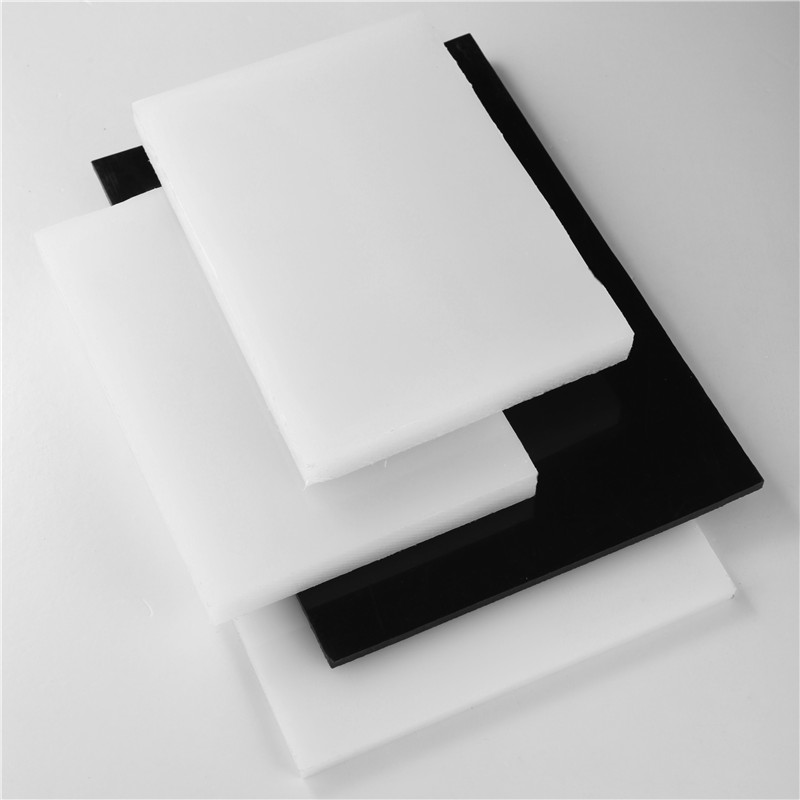Jul . 26, 2024 13:17 Back to list
Efficient Irrigation Solutions with High-Density Polyethylene Drip Pipes for Sustainable Agriculture
HDPE Drip Pipe The Future of Irrigation
In modern agriculture, efficient water management is crucial for enhancing crop yield while conserving precious resources. One innovative solution that has gained popularity in recent years is the use of HDPE (High-Density Polyethylene) drip pipes. These pipes are designed to deliver water directly to the roots of plants, ensuring optimal moisture levels and promoting healthier growth.
What is HDPE?
High-Density Polyethylene is a thermoplastic polymer made from petroleum. Its properties make it an ideal material for agricultural irrigation systems. HDPE is known for its high tensile strength, flexibility, and resistance to UV radiation and chemical exposure. This allows HDPE drip pipes to withstand harsh weather conditions and long-term use without significant degradation.
Benefits of HDPE Drip Pipes
1. Water Efficiency One of the most significant advantages of HDPE drip pipes is their ability to minimize water wastage. Traditional irrigation methods often lead to substantial water loss through evaporation and runoff. In contrast, drip irrigation delivers water directly to the plants' root zones in a controlled manner. This targeted approach means that up to 90% of the water used can be utilized effectively, making it a sustainable choice for farmers.
2. Increased Crop Yield By providing consistent moisture levels, HDPE drip pipes help to create an ideal growing environment for crops. This method enhances root development and nutrient uptake, leading to healthier plants and higher yields. Farmers using drip irrigation often report better-quality produce compared to those relying on conventional irrigation methods.
3. Versatile Application HDPE drip pipes can be used in various agricultural settings, from small-scale gardens to large commercial farms. Their versatility allows for adjustments in design to accommodate different crop types and field layouts. Whether it's for orchards, vineyards, or row crops, HDPE drip systems can be tailored to meet specific needs.
hdpe drip pipe

4. Cost-Effective While the initial investment in HDPE drip pipes may be higher than traditional irrigation systems, the long-term savings can be significant. Reduced water usage translates to lower utility bills, and the durability of HDPE pipes minimizes maintenance costs. Additionally, the increased crop yield can offset initial expenses, making it a financially sound decision for many farmers.
5. Environmentally Friendly As the world faces increasing challenges related to water scarcity and environmental sustainability, adopting HDPE drip irrigation contributes to the responsible use of water resources. This eco-friendly approach not only benefits farmers but also supports global efforts to promote sustainable agricultural practices.
Installation and Maintenance
The installation of HDPE drip pipes is relatively straightforward, and many farmers opt for DIY solutions. Proper planning is essential to ensure optimal layout and functionality. Regular maintenance, such as checking for clogs and leaks, is necessary to maximize the system's efficiency.
It is also advisable to integrate filtration systems to prevent debris accumulation in the drip emitters. By adhering to maintenance schedules, farmers can ensure their systems operate effectively for many years.
Conclusion
As agriculture becomes increasingly reliant on advanced technologies to meet the demands of a growing population, HDPE drip pipes stand out as a valuable tool for improving irrigation efficiency. With benefits spanning from water conservation to enhanced crop yields, these systems represent a step toward sustainable farming practices. By adopting HDPE drip pipes, farmers can not only improve their productivity but also contribute to a more sustainable future for agriculture. As we look ahead, embracing such innovations will be crucial in addressing the challenges of food security and environmental preservation.
-
High-Quality PPR Pipes and Fittings Durable ERA PPR & PVC PPR Solutions
NewsJul.08,2025
-
Black HDPE Cutting Board - Durable, Non-Porous & Food Safe HDPE Plastic Cutting Board
NewsJul.08,2025
-
High-Quality CPVC Panel Durable HDPE & PVC Panels Supplier
NewsJul.08,2025
-
Double PE Welding Rod Supplier - High Strength, Durable & Versatile Welding Solutions
NewsJul.07,2025
-
High-Quality PVC-O Pipe Supplier Durable 75mm PVC Pipe & Connections Leading PVC Pipe Company
NewsJul.07,2025
-
HDPE Drainage Pipe Supplier – Durable & Corrosion-Resistant Solutions
NewsJul.06,2025

